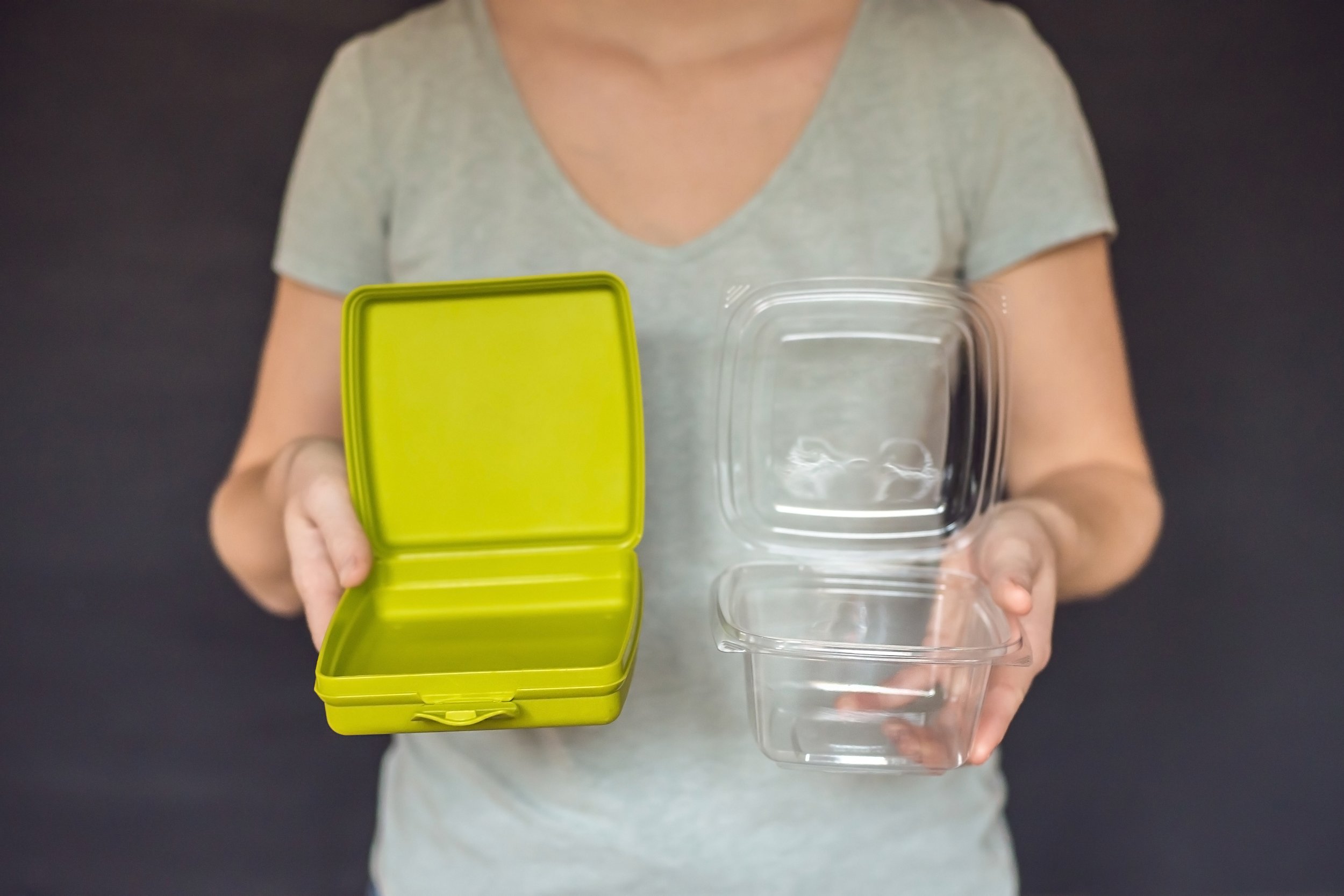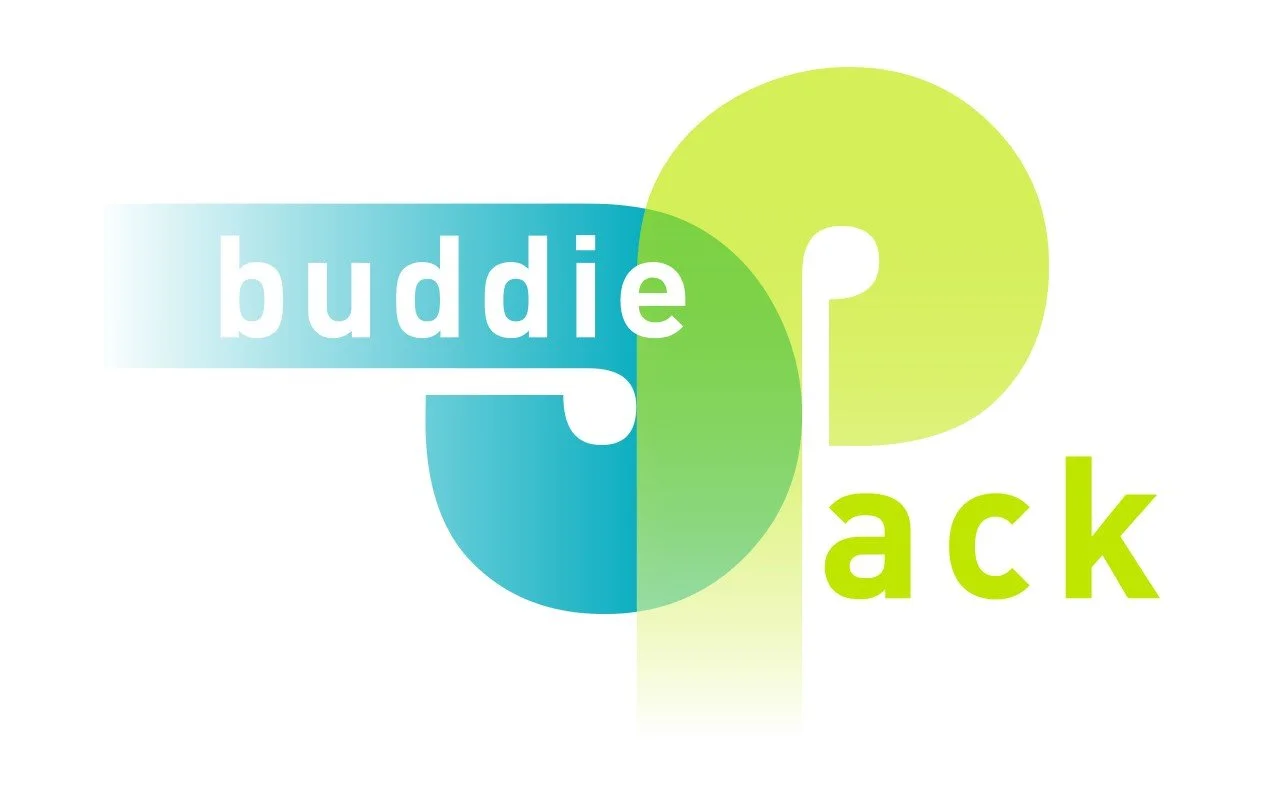Reusable Packaging
Preventing waste with multi-use systems
We work with companies to evaluate potential for reusable packaging:
Identify high potential applications
Optimise product design, material selection, tracking technology and system modelling
Analyse economic and environmental viability
Facilitate value chain collaboration
Provide independent evaluation of existing schemes
REUSABLE PACKAGING PROJECTS
One of the best ways to reduce plastic waste is to eliminate single-use packaging and introduce reusable alternatives. Give your customers quality, customised, sustainable options, and they’ll keep coming back.
Packaging is an asset, not trash.
Reuse To-Go
Ready meals, salads and snacks use up to 4M tonnes of plastic packaging per year. Find out how to switch.
RePLHA
Consortium exploring the business case for reusable transport packaging for large household appliances
Reuse Applications
COST BENEFIT ANALYSIS
Switching to a reuse system will cost money, but is it worth it? When will you see a return on investment, and under what conditions will you turn a profit? Our studies prove that with the correct indicators - REUSE ADDS UP
THE REUSE PLAYBOOK
Our Reuse Playbook contains all the tools you need to stimulate these three essential elements.
Define your personalised roadmap to success.
Behavioral change is critical to the success of all circular business models. Download our unique approach to influence:
hearts, minds,
money and time.
BEHAVIORAL CHANGE
Monthly recap
Stay up to date with our projects and other developments in the circular economy

































